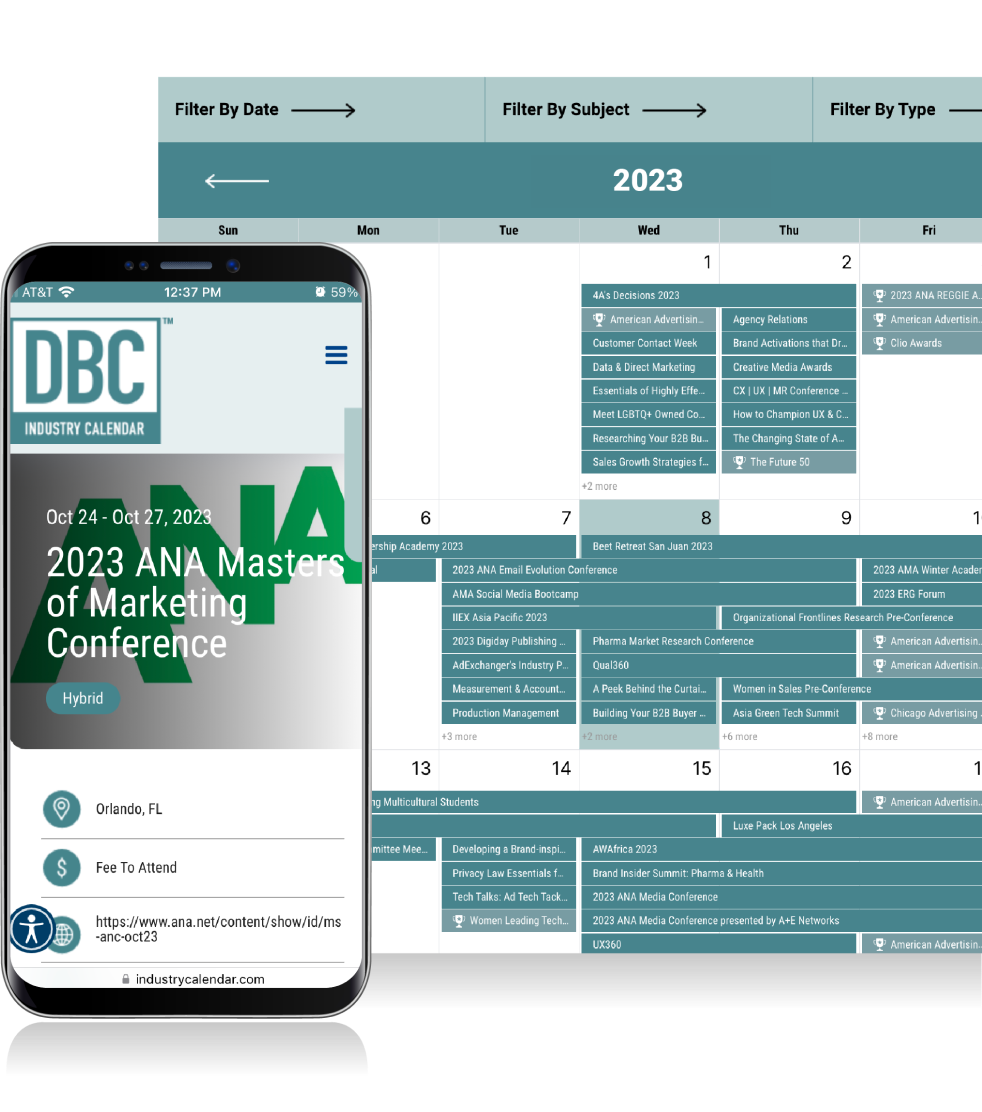Apr 28 - Apr 28, 2022
Reimagining Retail for Gen Alpha and Gen Z
Virtual

Free Event

Brand Marketing , Market Research

GreenBook
Reimagining Retail for Gen Alpha and Gen Z
Our culture is changing and brands are responsible for keeping the pace to ensure that their products, services, and experiences are aligning with the ever-expanding diversity of their consumers. Subsequently, as retailers face a radically different world of deep cultural changes where one size does not fit all — inclusivity is the key to building lasting consumer relationships and driving success. This is underscored by the fact that in 2022, 41% of consumers prefer to buy from brands that have a clear alignment with social issues and values. Gen Z (born 1997-2012) and even more so Gen Alpha (born after 2010) consumers, will increasingly demand more diverse practices as gender identities, ethnicity, and body sizing no longer fit the traditional retail assumptions. Recent studies uncovered that at least 76% of Gen Z’ers consider diversity and inclusion to be extremely important factors for brands to address head-on. Furthermore, 81% of children under the age of 12 were reported to influence family purchases, translating to $500 billion in purchases a year. So, without question, brands and retailers that want to stay relevant must reinvent themselves. Join Jennifer Allison, Head of Global Sales at getWizer, and Meghan Roach, President & CEO at Roots, for a free webinar that takes a deep dive into their compelling new research study that uncovers valuable consumer insight representing Gen Z and Gen Alpha consumers and their parents. 3 Essential Resources To Reimagine Your Retail Experience: (1) Fresh Consumer Insights: Explore the most important shopping habits for Gen Alpha and Gen Z in 2022 (2) Research Tips: Uncover rich insights to better understand your exceedingly diverse customers’ online and offline shopping preferences (3) Pivotal Post-Pandemic Strategies: Take a deep dive into how top brands and retailers create stand-out shopping experiences, and learn how how to attract people to in-store shopping after two years of behavioral shifts



